
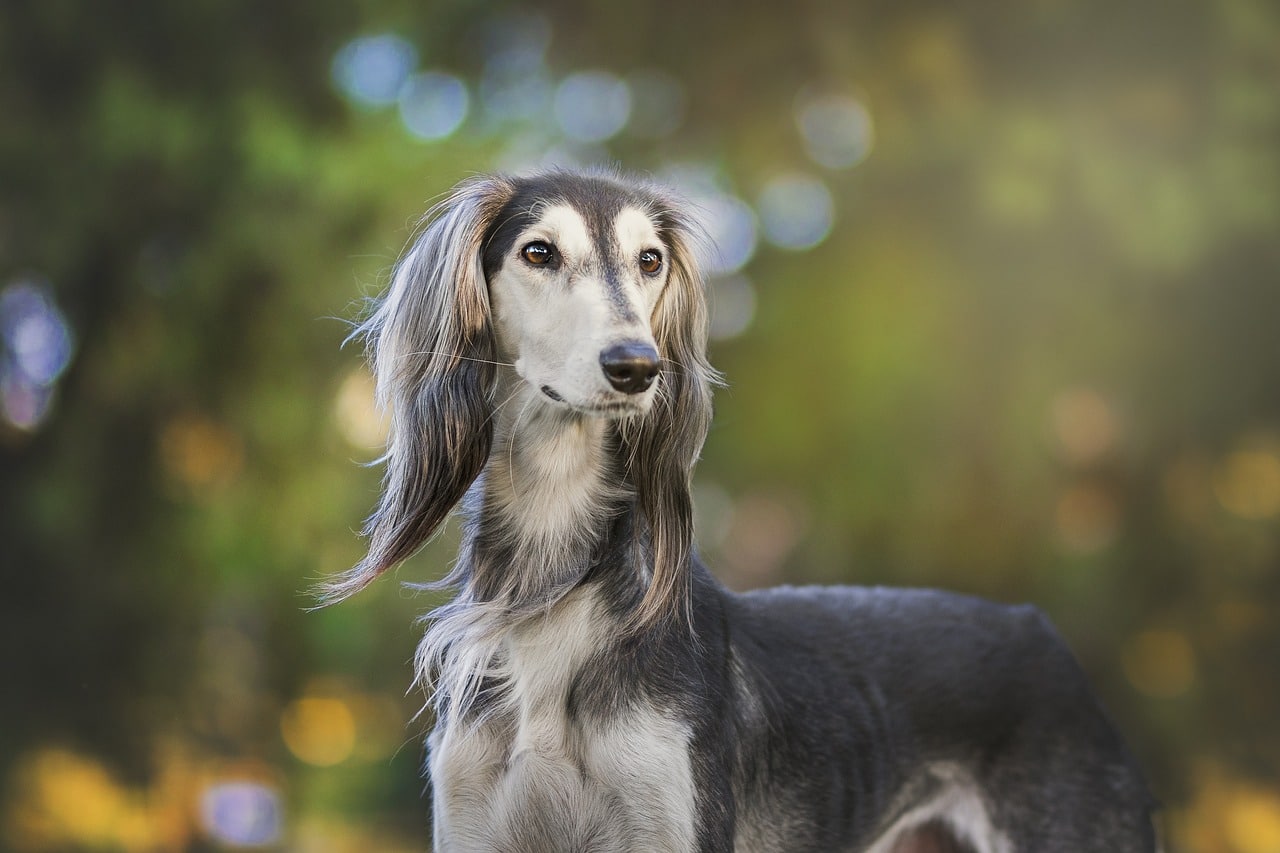
Throughout history, dogs have played essential roles in different cultures, serving as loyal companions and protectors, hunters, and symbols of religious or spiritual importance. Some breeds hold deep significance in specific regions, representing values such as loyalty, bravery, or nobility. These dogs often transcend their working roles, becoming symbols within myths, legends, and cultural traditions. Revered for their symbolic and practical value, these breeds have left a lasting impact on the societies they are a part of, continuing to be celebrated for their cultural importance.
Akita
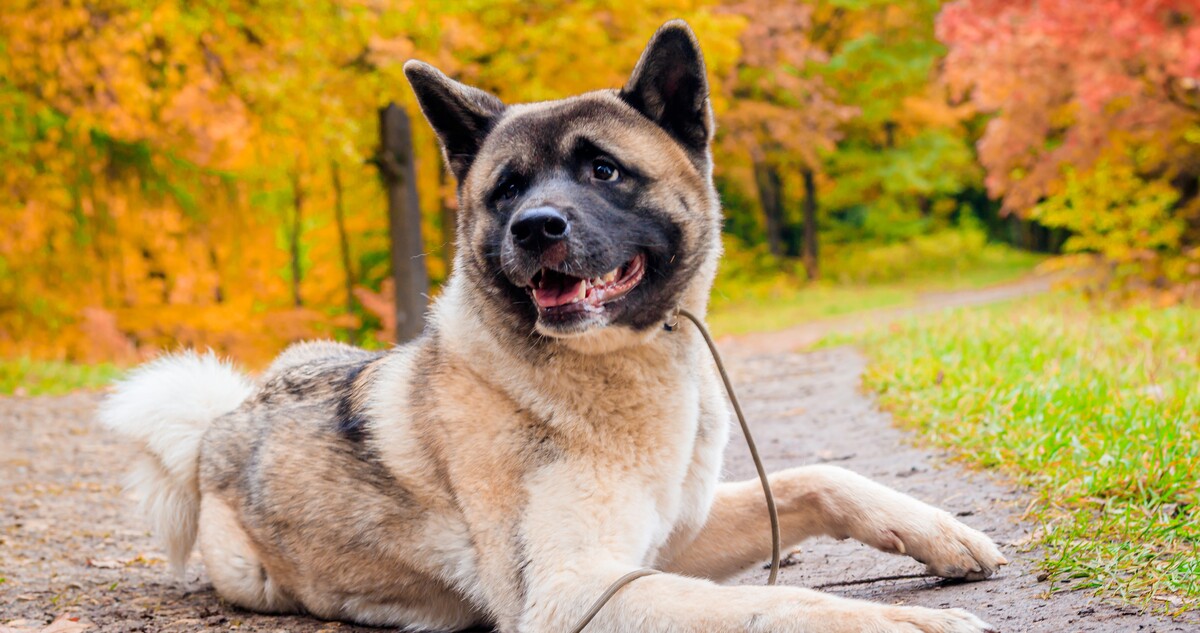
The Akita, native to Japan, holds a deep cultural significance in Japanese society. Known for its loyalty and bravery, the Akita is often regarded as a symbol of protection and good health. One of the most famous Akitas was Hachiko, a dog who waited for his deceased owner at a train station every day for nearly 10 years. This story of loyalty has been immortalized in Japanese culture, with a statue of Hachiko standing in Tokyo’s Shibuya district. Akitas are also given as gifts in Japan to symbolize long life and good fortune, and they play an important role in traditional folklore and customs.
Basenji

The Basenji, often called the “barkless dog,” hails from Central Africa and has long been a part of the hunting culture of the Congo. Revered for its agility and keen sense of smell, the Basenji was historically used to flush out game for hunters. In addition to its hunting abilities, the Basenji holds cultural significance for several African tribes, who view the breed as a loyal companion and protector. The Basenji’s unique vocalizations, known as yodels, also play a role in African folklore, where these sounds are believed to ward off evil spirits.
Saluki
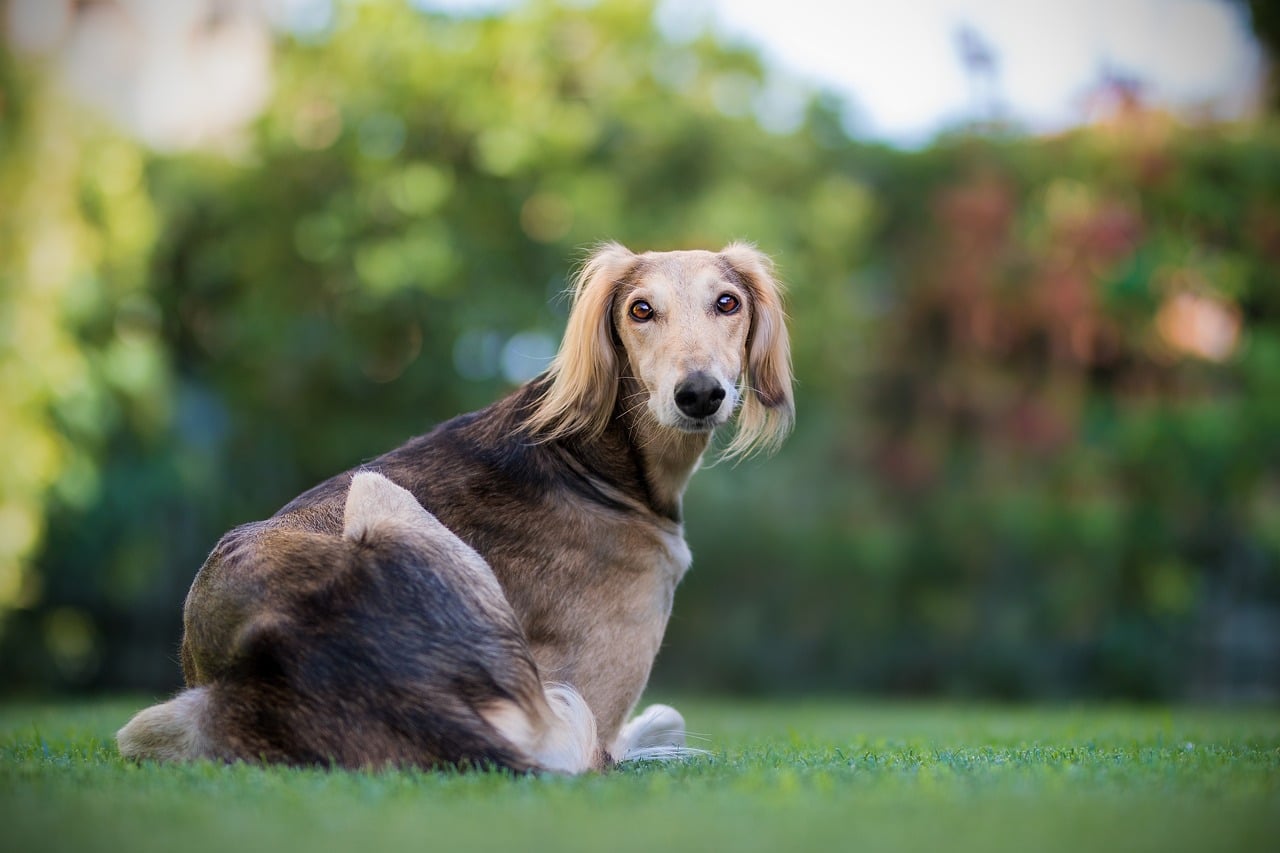
The Saluki, also known as the “Royal Dog of Egypt,” has a rich cultural history that dates back thousands of years. Revered by ancient Egyptians, Salukis were often mummified alongside their owners and depicted in tomb paintings, symbolizing their noble status. The breed was also highly valued by Bedouin tribes in the Middle East, where they were used for hunting and were considered a gift from Allah. Salukis are known for their speed, endurance, and grace, making them one of the most prized hunting dogs in the Arab world. Even today, Salukis maintain their cultural importance in the Middle East, often representing loyalty and nobility.
Xoloitzcuintli
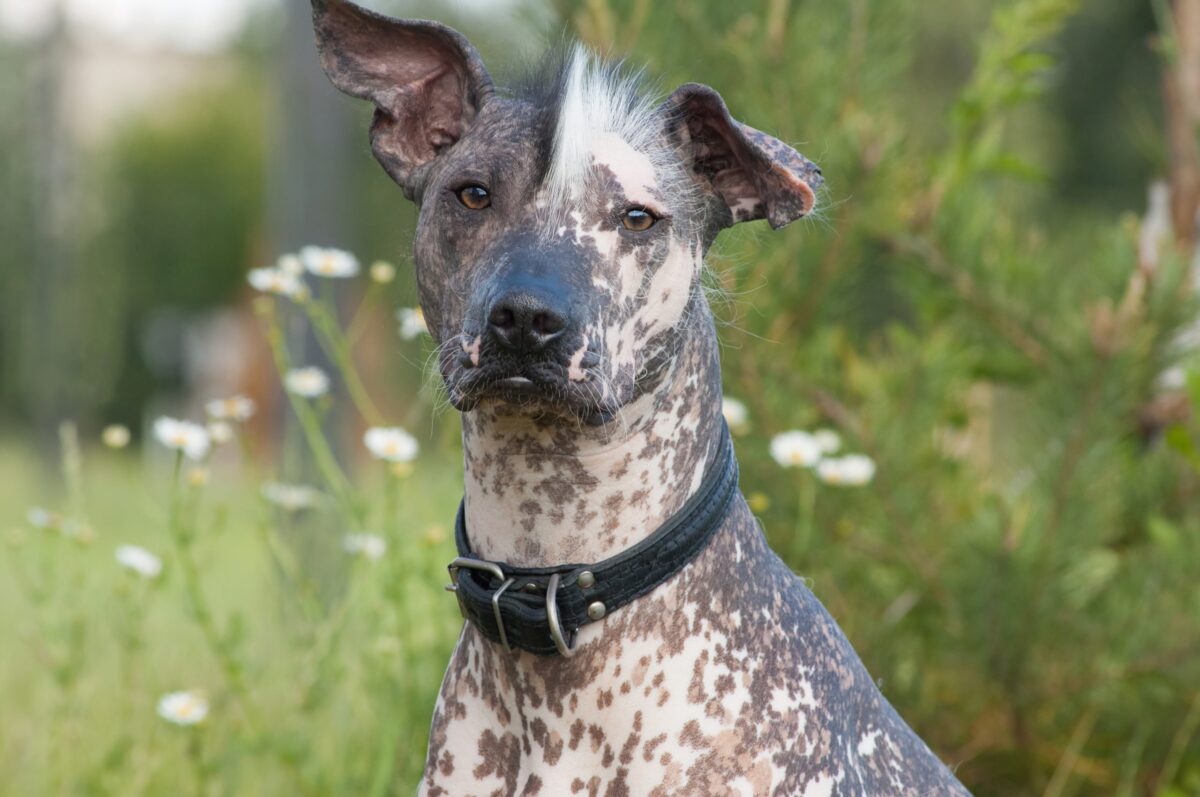
The Xoloitzcuintli, or Xolo, is an ancient breed from Mexico with deep cultural and spiritual significance. Known as the “Mexican Hairless Dog,” the Xolo was considered sacred by the Aztecs, Toltecs, and Maya civilizations. The breed was believed to have healing powers and was often used in rituals to guide the souls of the deceased to the afterlife. The Xolo was also seen as a protector, believed to ward off evil spirits and intruders. Today, the Xolo remains a symbol of Mexican heritage. It is often associated with Día de los Muertos (Day of the Dead) celebrations, where it is believed to guide spirits back to the world of the living.
Canaan Dog
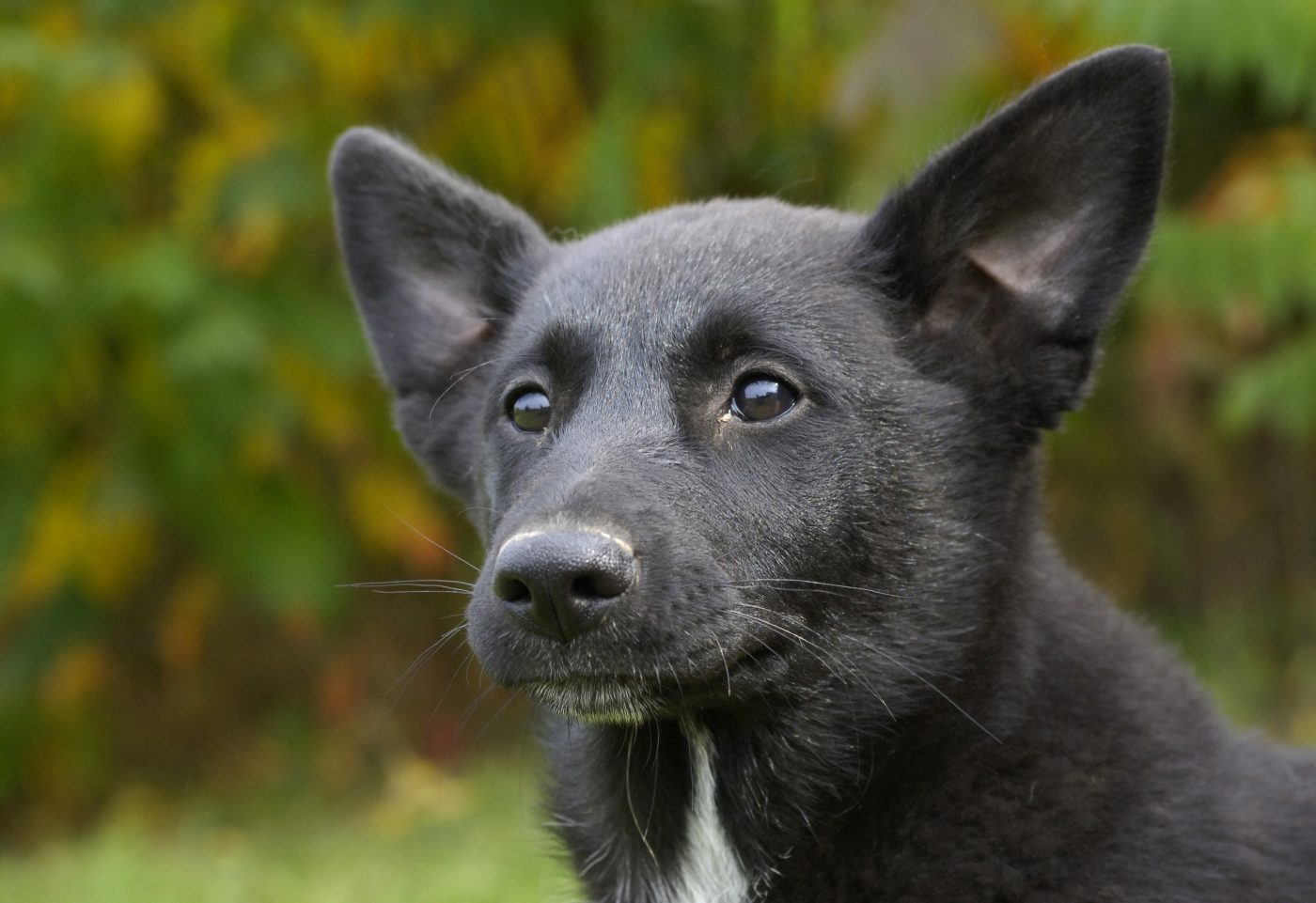
The Canaan Dog, native to the Middle East, holds a unique place in the history and culture of the region. Often considered the national dog of Israel, the Canaan Dog is believed to be one of the oldest breeds, dating back to biblical times. These dogs were used by the ancient Israelites as guard dogs and herders, and they continued to live in the wild deserts of Israel for centuries. In modern times, the Canaan Dog was domesticated and became a symbol of resilience and survival, particularly during the formation of the state of Israel, where they were used as military and guard dogs.
Tibetan Mastiff
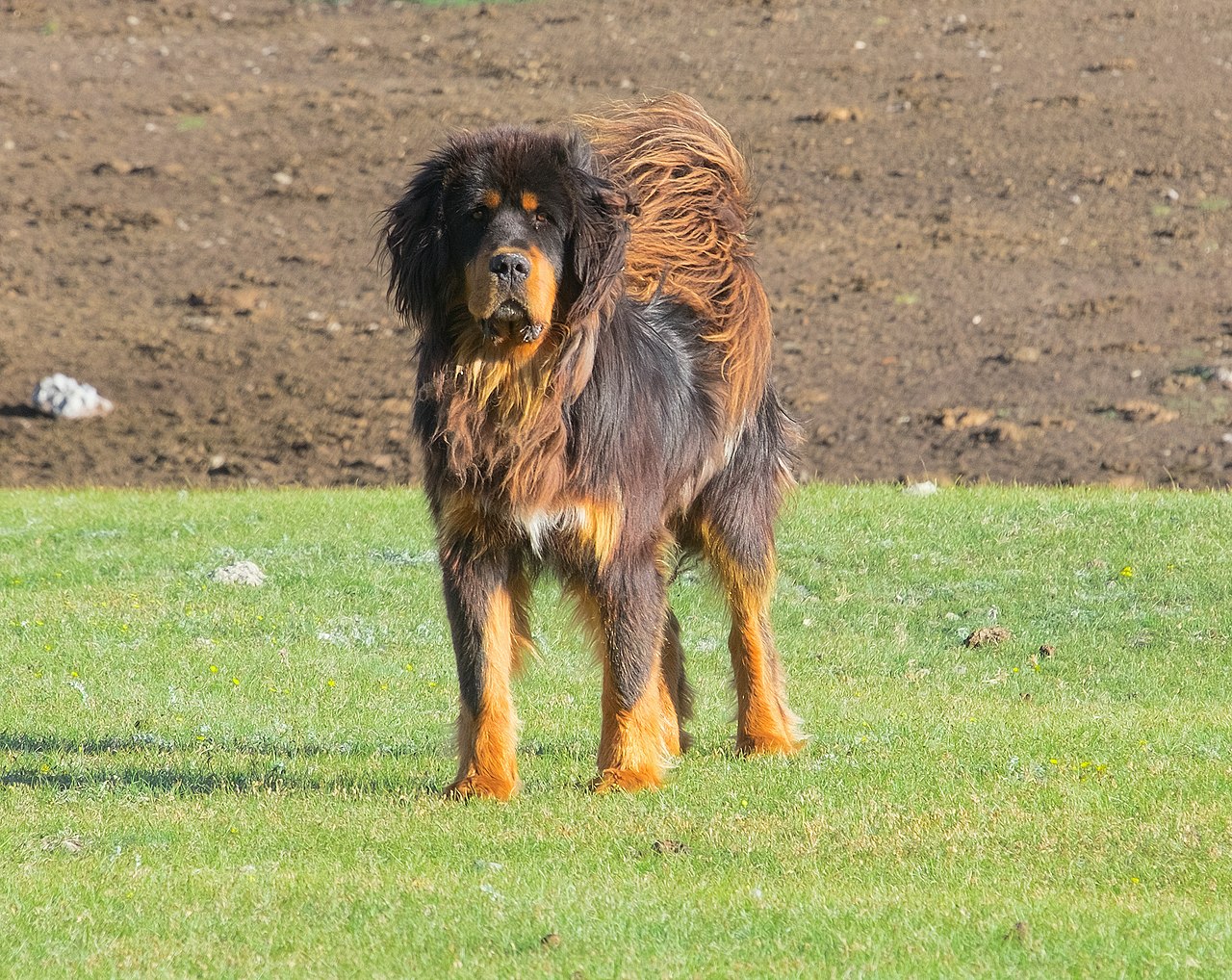
The Tibetan Mastiff has long been associated with the nomadic cultures of Tibet, Nepal, and India, where it was used as a guardian of livestock and property. Known for its large size and protective instincts, the Tibetan Mastiff is often regarded as a symbol of strength and power. In Tibetan culture, these dogs were believed to have spiritual significance, protecting monasteries and homes from evil spirits. The breed’s fierce loyalty and courage made it a treasured companion for Tibetan monks and nomads. Even today, the Tibetan Mastiff is highly regarded for its protective nature and its role in the cultural heritage of the region.
Shiba Inu
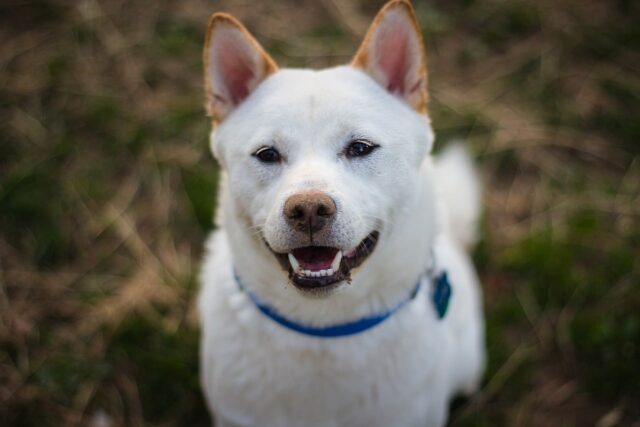
The Shiba Inu is one of Japan’s most beloved dog breeds, and it holds a special place in the country’s cultural history. Originally bred for hunting in mountainous regions, the Shiba Inu is known for its agility, independence, and alertness. In Japanese culture, the Shiba Inu is often associated with bravery and resilience, traits that are highly valued in society. The breed’s popularity has soared in recent years, and it has become a cultural icon, appearing in Japanese art, advertising, and even internet memes. The Shiba Inu’s fox-like appearance and spirited personality make it a cherished symbol of Japanese heritage.
Norwegian Elkhound
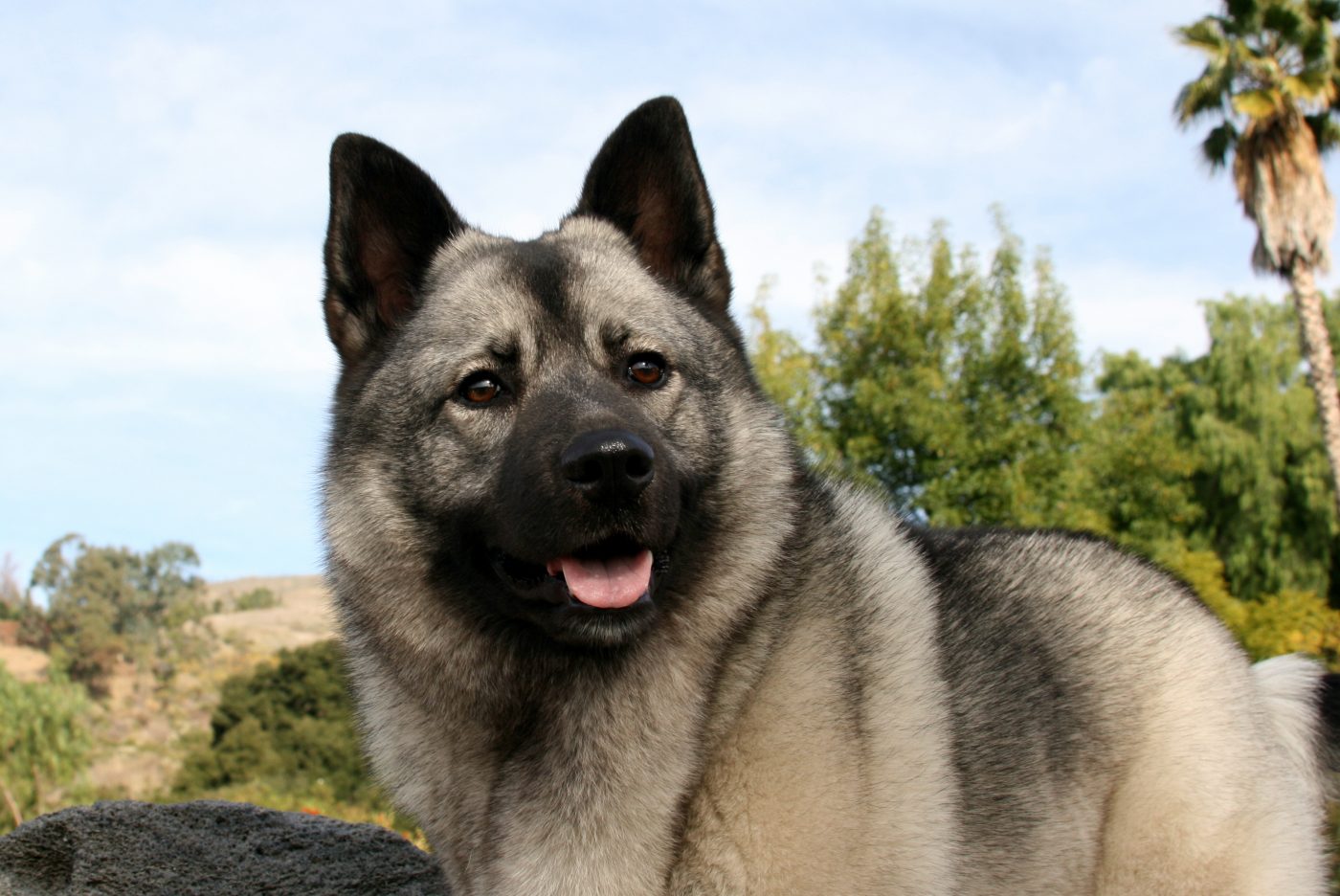
The Norwegian Elkhound is a breed that has been integral to Scandinavian culture for centuries. Known for its strength, courage, and hunting abilities, the Elkhound was used by Vikings to hunt large game such as moose and bears. The breed’s name reflects its hunting prowess, as “elk” in Europe refers to moose. In Norwegian mythology, the Elkhound is often depicted alongside warriors, symbolizing loyalty and bravery. The breed remains a national treasure in Norway, where it is celebrated for its hunting skills and its deep connection to the country’s history and folklore.
Kangal
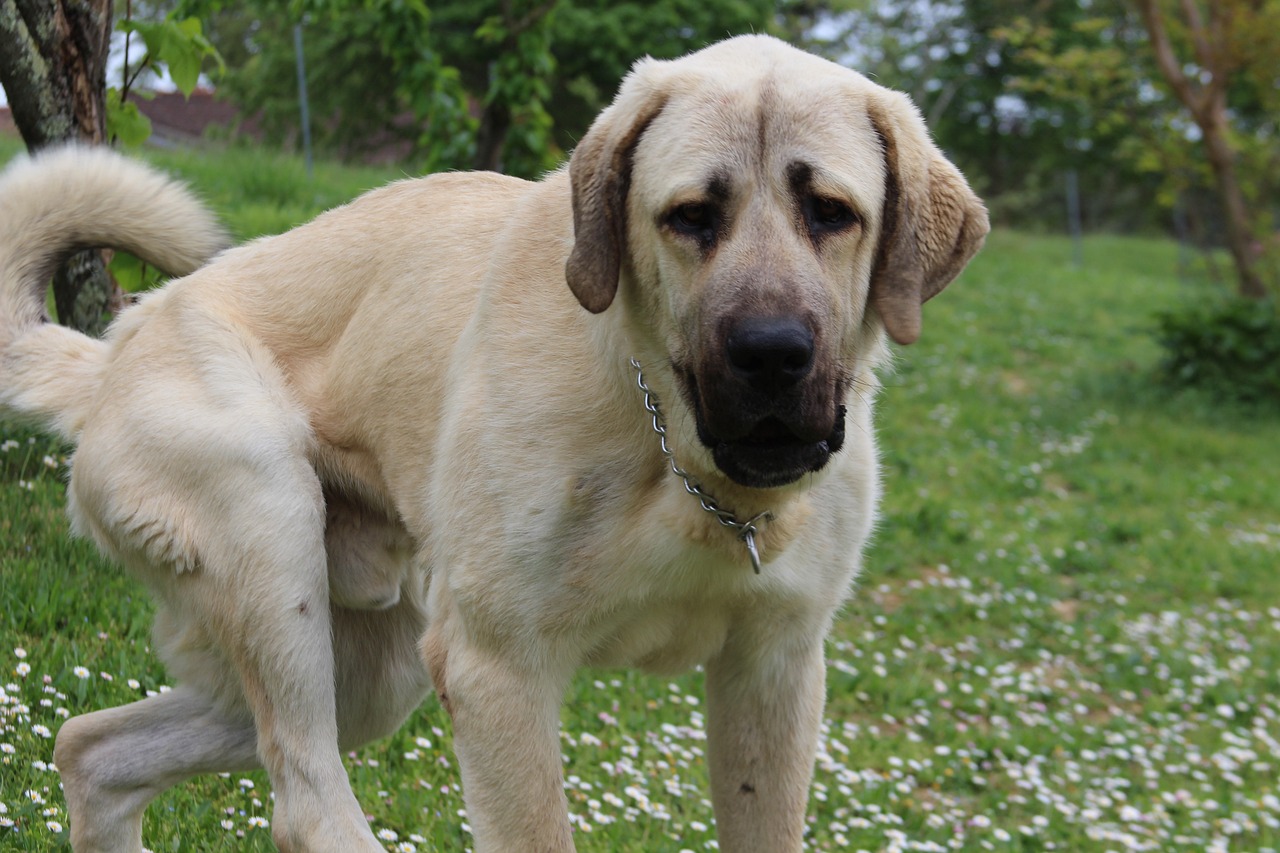
The Kangal, a powerful livestock guardian dog from Turkey, holds a special place in Turkish culture, particularly in rural regions. Known for its protective instincts, strength, and loyalty, the Kangal has been used for centuries to protect livestock from predators such as wolves and bears. In Turkish folklore, the Kangal is seen as a symbol of courage and reliability, often representing the strength and resilience of the people who live in the Anatolian region. Today, the breed remains a vital part of Turkey’s cultural heritage and continues to play an important role in protecting livestock.
Thai Ridgeback
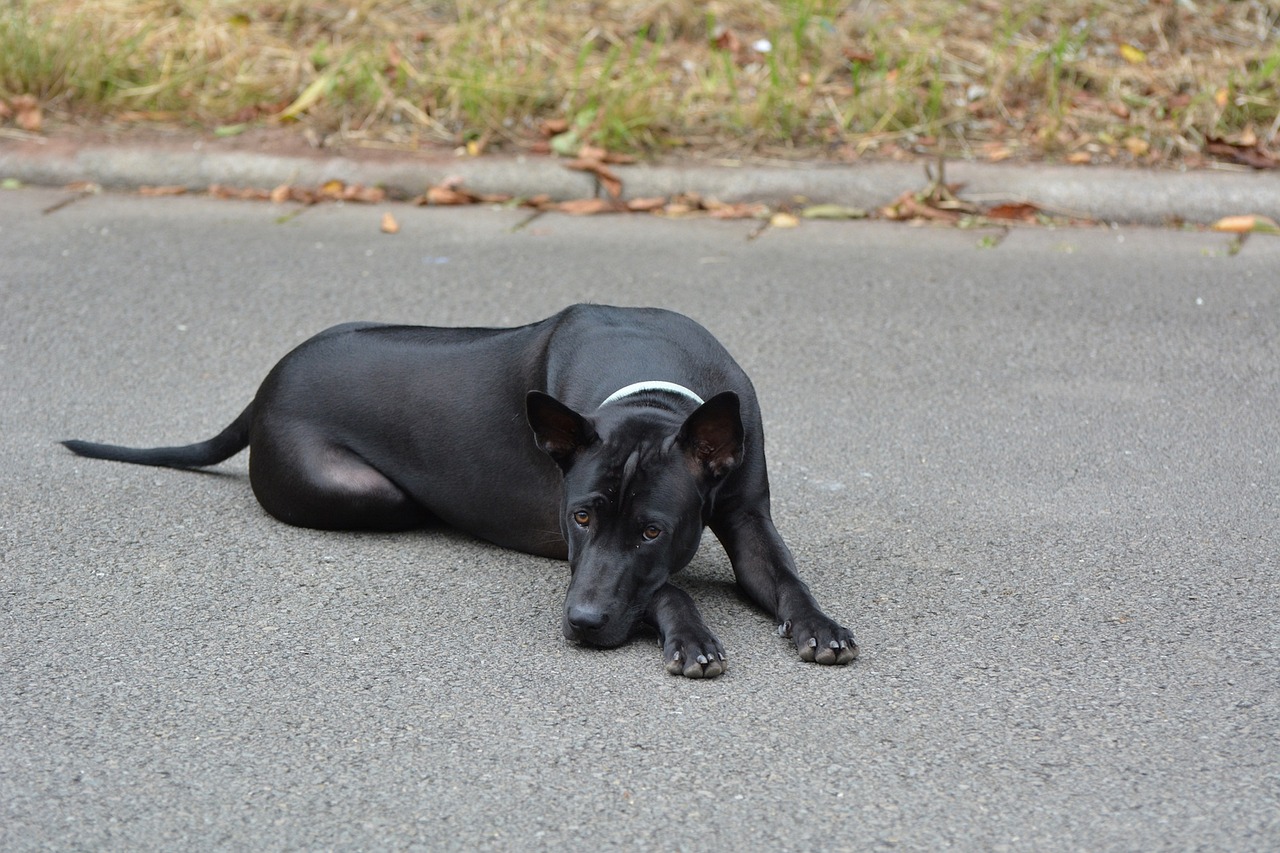
The Thai Ridgeback, native to Thailand, is a breed with a unique appearance and an important place in Thai culture. Known for the distinctive ridge of hair running along its back, the Thai Ridgeback has been used for centuries as a hunting and guard dog. In Thai folklore, the breed is often associated with protection and loyalty, and it was traditionally used to guard homes and temples. The Thai Ridgeback’s independence and strength make it a symbol of resilience and bravery in Thai society, and the breed continues to be valued for its loyalty and guarding abilities.
Pekingese
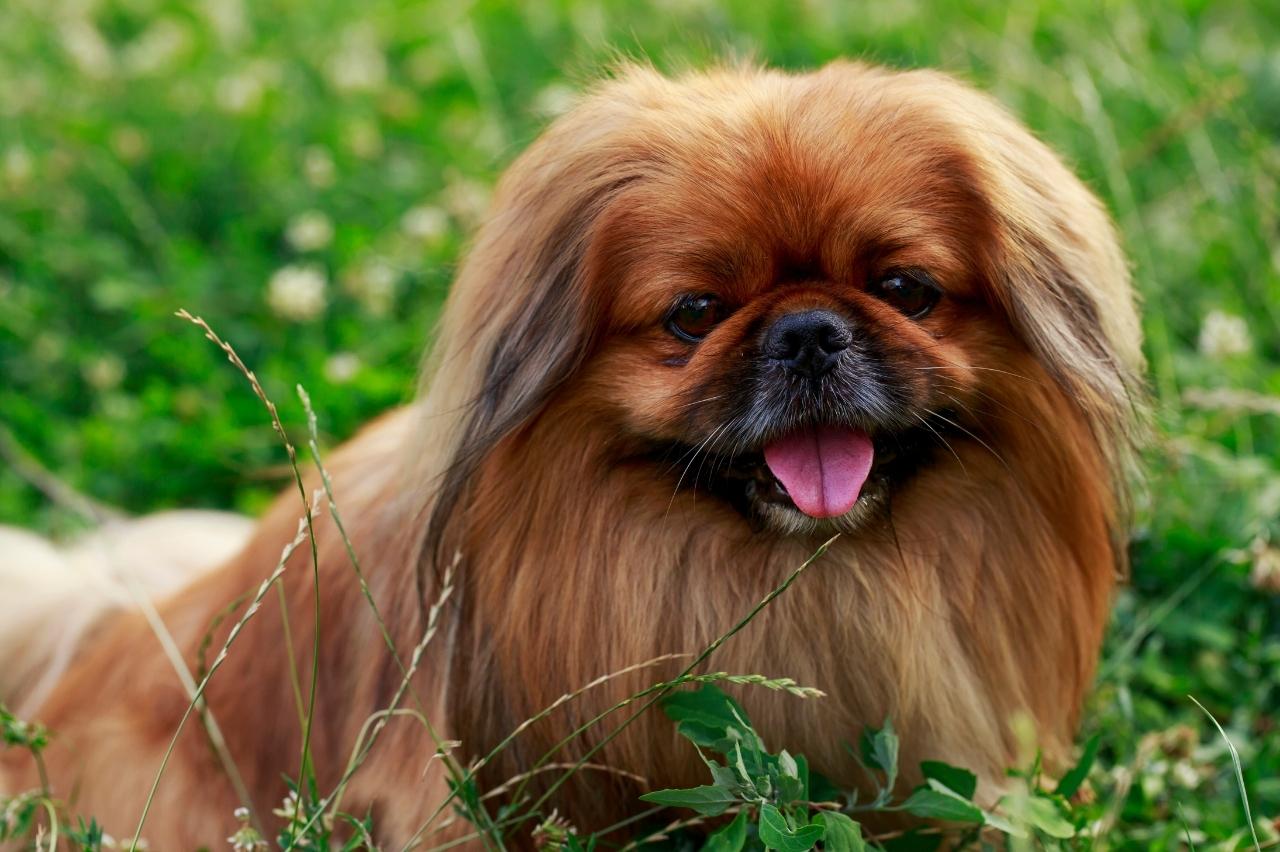
The Pekingese is a breed with a long and illustrious history in Chinese culture. Bred as companions for Chinese royalty, the Pekingese were often referred to as “lion dogs” because they resembled the mythical guardian lions believed to protect palaces and temples. Pekingese dogs were regarded as sacred, and only members of the imperial family were allowed to own them. These dogs were treated with the utmost respect and often carried in Chinese emperors’ sleeves. The Pekingese continues to symbolize nobility and prestige, and its role in Chinese culture remains significant.
Guardians of Culture
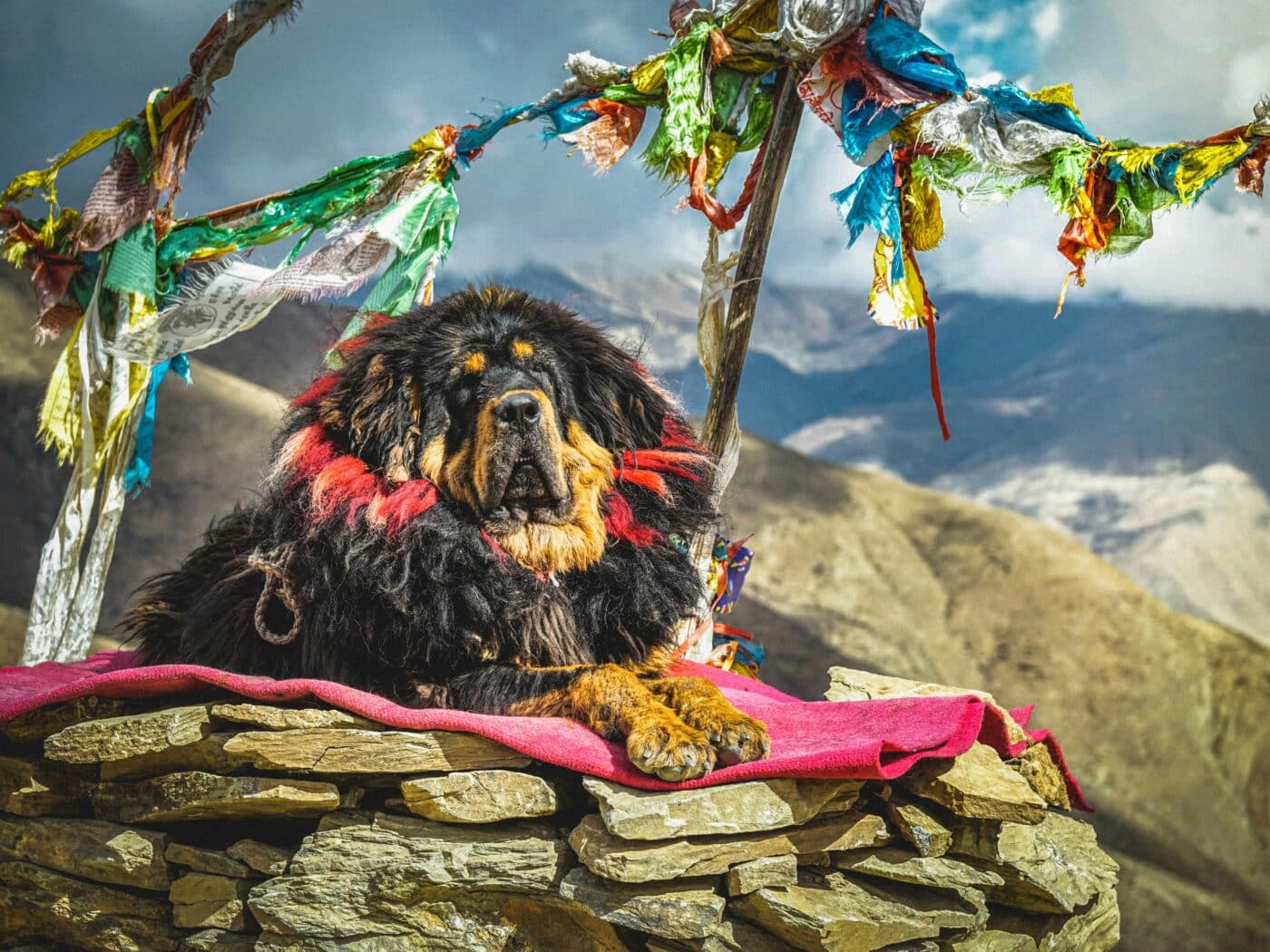
With their rich history and cultural importance, these dog breeds have significantly shaped the societies that revere them. As protectors, hunters, companions, or spiritual symbols, these dogs have influenced how humans live and connect with animals for centuries. From the loyalty of the Akita to the regal presence of the Pekingese, these breeds embody the values and traditions of their cultures. Their legacy reflects the deep bond between dogs and humans, continuing to resonate and enrich relationships across the globe.
The post 11 Breeds with Unique Cultural Significance Around the World appeared first on iHeartDogs.com.
via Whisker Therapy